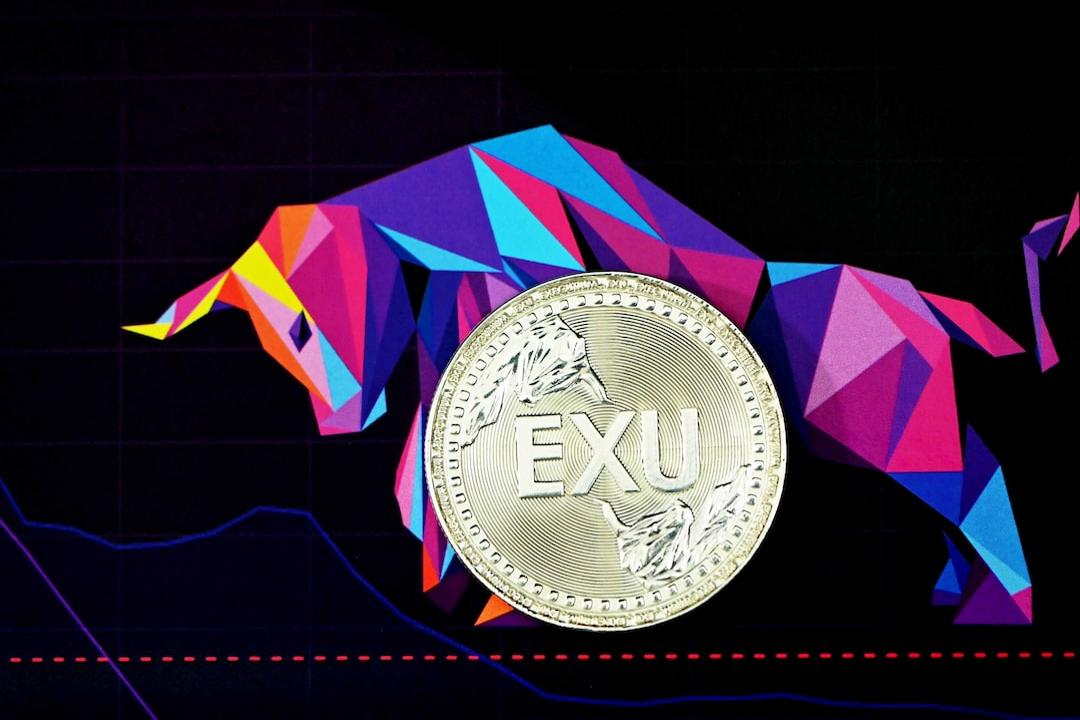Simply Put: Trump’s Financial Operating Model
In response to the economic policies of the Trump administration, the market and media often fall into emotional reactions. However, to truly understand Trump’s economic strategy, one should adhere to the “KISS Principle” (Keep It Simple, Stupid). Arthur Hayes, the founder of BitMEX, analyzes in his latest article that Trump’s core financial philosophy is not complicated: it revolves around promoting a “America First” policy through massive borrowing and low-interest financing. His governing style mirrors his real estate business model: leveraging funds and attracting market attention with exaggerated visions. This strategy applies to real estate and is equally relevant to national economic governance.
Market investors influenced by the media’s portrayal of the “daily drama” are prone to losing long-term investment perspectives due to short-term fluctuations. However, the true factors influencing market direction lie in the monetary policies of the Federal Reserve (Fed) and the U.S. Treasury, rather than in Trump’s statements that dominate news headlines.
Trump and the Power Struggle with the Federal Reserve
The success of Trump’s economic policy depends on the coordination between the U.S. Treasury and the Federal Reserve. However, there currently exists a power divergence between these two entities. Treasury Secretary Scott Bessent, a loyal supporter appointed by Trump 2.0, aligns with Trump on economic direction, advocating for reshaping America’s financial situation through methods like extending the maturity of national debt. In contrast, Federal Reserve Chairman Jerome Powell, although appointed during Trump 1.0, has since been viewed as a “traitor” because he significantly lowered interest rates by 0.5% before the 2024 elections to assist the then-Democratic administration in stabilizing the economy. After the elections, Powell reiterated his commitment to combating inflation, which contradicts Trump’s goal of expanding fiscal spending through low-interest rates.
To drive economic growth, Trump must persuade or coerce Powell into lowering interest rates and increasing the money supply. However, since the Treasury and the Fed are “loyal to different factions,” this power struggle will determine the future trajectory of the U.S. economy.
How to Force the Federal Reserve to Lower Interest Rates? The Strategy of Economic Recession
Historically, whenever signs of economic recession appear, the Federal Reserve typically reduces interest rates and increases the money supply to prevent market collapse. Therefore, if Trump aims to push the Fed to lower rates, one possible strategy is to create signs of economic slowdown.
Department of Government Efficiency (DOGE) and Federal Spending Cuts
The Trump administration has launched the “Department of Government Efficiency” (DOGE), led by Elon Musk, tasked with cutting government spending, combating fiscal waste, and restructuring the public sector. The core objectives of this initiative include:
– Investigating financial loopholes and fraudulent activities within the federal government, with estimated funds involved potentially reaching hundreds of billions of dollars annually.
– Reducing federal workforce, with plans to cut 400,000 government employees by 2025.
– Cutting government expenditures to decrease the market’s reliance on government funds, thereby impacting overall economic activity.
The effects of this plan are already becoming evident, with housing prices in Washington, D.C. dropping 11% since early 2025, a reduction in business for federal contractors, and a growing wave of layoffs. The market has begun to worry about whether a “recession” is imminent, and as economic downward pressure intensifies, the Federal Reserve may find it difficult to maintain its current tightening policies and could ultimately be forced to lower interest rates.
Potential Scale of Federal Reserve Monetary Easing
If Trump succeeds in compelling Powell to yield, the Federal Reserve might take the following measures:
– Lower interest rates to 0%, equivalent to a quantitative easing (QE) scale of $1.7 trillion.
– Terminate quantitative tightening (QT), releasing approximately $540 billion in market liquidity.
– Restart QE or relax the bank leverage ratio (SLR), potentially releasing an additional $500 billion to $1 trillion in funds.
This means that, in the most extreme scenario, the market could see an influx of $2.74 trillion to $3.24 trillion in new liquidity, nearing the $4 trillion money printing scale during the COVID-19 period. Historical data shows that between 2020 and 2022, the Federal Reserve and the Treasury printed $4 trillion, causing Bitcoin’s price to soar from $4,000 to $69,000 (a 24-fold increase). If Trump’s economic plan triggers a similar influx of funds, Bitcoin’s price could potentially see a tenfold increase again, surpassing the $1 million mark.
The Reality of Bitcoin Strategic Reserves: Funds May Not Be Sufficient
Recently, Trump reiterated that his administration will establish a “Bitcoin Strategic Reserve,” prompting a strong market reaction. However, the issue lies in the fact that the U.S. government currently lacks ready funds for purchasing Bitcoin unless Congress agrees to raise the debt ceiling or reevaluate the value of gold reserves. Therefore, while this policy direction may affect market sentiment, actual purchasing actions may take time to materialize. (BitMEX founder Arthur Hayes: The U.S. government lacks the funds to purchase Bitcoin; promoting cryptocurrency reserves is merely “empty talk.”)
Market Trends and the Future of Bitcoin: Focus on Monetary Policy
Recently, Bitcoin’s price fell from $110,000 to $78,000, a 30% decline, reflecting market concerns over tightening liquidity. However, once the Federal Reserve shifts towards monetary easing, Bitcoin is likely to become one of the earliest benefiting assets. Amid market volatility, short-term traders may miss opportunities due to emotional influences, but long-term investors should focus on the direction of U.S. monetary policy rather than short-term political upheavals. As Trump’s policies gradually take effect, the coming months will determine whether Bitcoin will enter a new bull market.
As political turmoil becomes the norm, market investors should return to fundamentals, concentrating on monetary supply and interest rate trends to seize opportunities in this economic chess game.
Risk Warning
Cryptocurrency investments carry a high level of risk, and their prices can be highly volatile, potentially resulting in the loss of your entire principal. Please assess the risks carefully.

